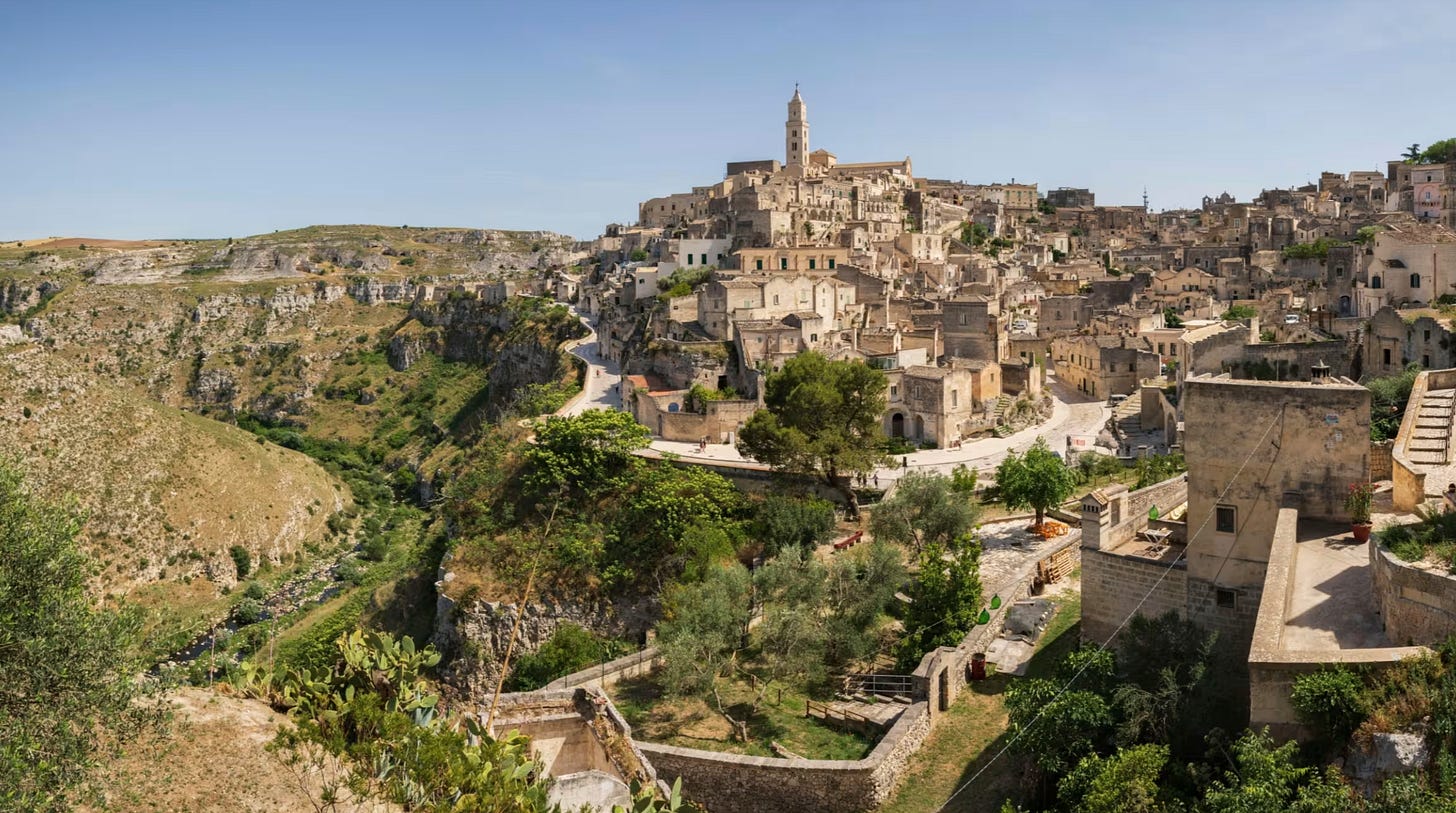How Many Places Like Matera Does Italy Have?
Quante Matera ci sono in Italia?
La versione originale di questo articolo, in italiano, può essere letta qui 👇🏻
From cave hotels to silent rebirths, Italy’s hidden towns carry stories of beauty, struggle, and regeneration
Sometimes, a well-crafted review can say more than a thousand articles.
That’s the case with the beautiful “reportage” published by the Financial Times, titled “A deep…




